{{!completeInfo?'请完善个人信息':''}}
精准高效领先的融资对接服务


Recently,"Egg Party" just announced that it has achieved a significant milestone by surpassing 100 million Monthly Active Users (MAU) and more than 100 game maps in August.

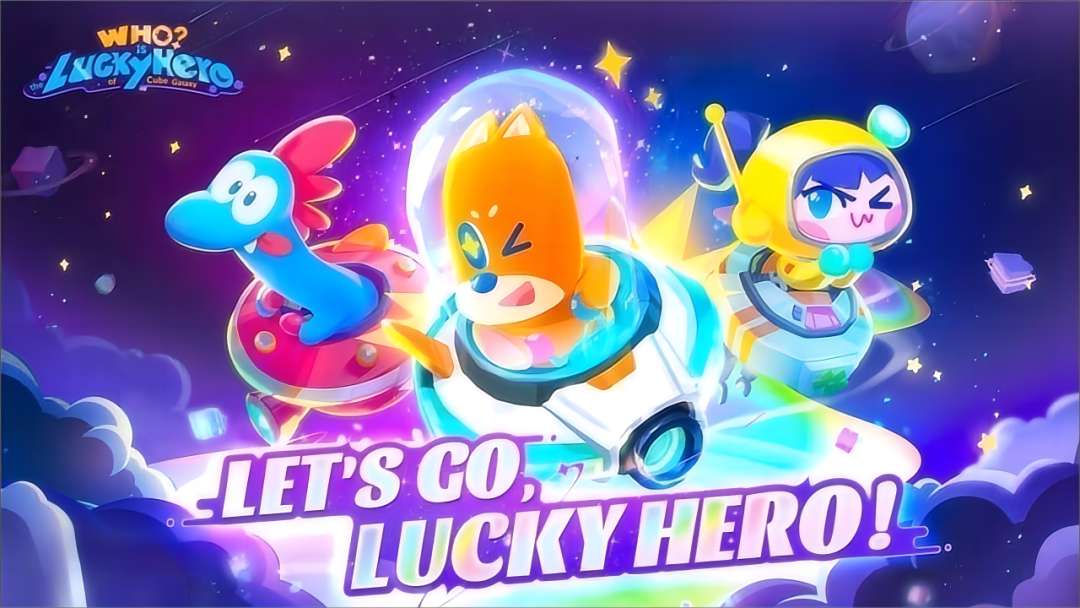
Recently, "Egg Party" just announced that it has achieved a significant milestone by surpassing 100 million Monthly Active Users (MAU) and more than 100 game maps in August. It has become Netease's flagship product. Thanks to the continuous success of "Egg Party," Netease's gaming business has seen growth in revenue for both quarters this year. Looking at the financial results, in Q1, Netease's gaming business revenue increased by 7.6% year-on-year, despite the challenges brought by the separation from Blizzard. In Q2, Netease's revenue reached 24 billion CNY, showing a 3.4% year-on-year increase.
The remarkable performance of "Egg Party" has made Netease realize the potential of the casual party game genre. Perhaps due to this, Netease is increasing its investment in this gaming category. Recently, I noticed that Netease's new overseas publishing brand, Exptional Global, is testing a new party game called "Who is The Lucky Hero?" in Canada, Brazil, Malaysia, Indonesia, and other countries. From the promotional images released, both the art style and core gameplay of "Who is The Lucky Hero?" seem to have notable differences from "Egg Party." This has sparked my curiosity about the unique features of "Who is The Lucky Hero?" and whether Netease can create another blockbuster game following the success of "Egg Party."
Part 1: Physics Puzzles + Party Survival – A Fresh Approach to Party Games
Let's start by examining the game style. "Who is The Lucky Hero?" adopts a whimsical and cartoonish style with a fairy tale atmosphere. The character and level designs exude a furry charm, featuring a rich and gentle color palette. The color scheme leans towards a dopamine style, and the user interface design for game characters has a simplicity and freshness reminiscent of "Animal Crossing." It provides players with a clean and refreshing visual experience.

From the game's name, it appears that "Who is The Lucky Hero?" is centered around the theme of "survival." This theme is reflected in the game's mechanics and core gameplay, vividly portraying the concept of survival.
The full name of "Who is The Lucky Hero?" as stated in the official introduction is "Who is The Lucky Hero of Cube Galaxy." This suggests that the game's background or world-building is closely tied to the "Cube Galaxy." In the game's promotional video released by the official sources, "Who is The Lucky Hero?" presents a brief yet complete narrative setting: In the "Cube Galaxy," there is a superhero who travels to various planets to collect different types of "Lucky Cubes," including power and wisdom cubes, to enhance their abilities. The superhero's mission is to protect the entire "Cube Galaxy."

To become such a hero, one needs to participate in the "Cube Galaxy Alliance's" Hero Challenge. This story sets the stage for introducing the game's core mechanics seamlessly. In just a short 2-minute video, players can gain a sufficient understanding of the game's fundamental gameplay.

From the released gameplay footage, "Who is The Lucky Hero?" utilizes the concept of "space folding" (or "paper folding"), a common principle in physics-based puzzle games, and incorporates it into level design. In some of the released levels, the ground, consisting of multiple blocks, randomly collapses, folds, or drops a varying number of new blocks from the sky. Before each change occurs, players are provided with a brief hint. Players must continuously avoid the impending changes and be the last one standing to win.

It's worth noting that the level results screen employs a ranking system similar to that seen in MOBA games. It displays various statistics such as a player's survival time, the number of enemies eliminated, reasons for elimination, and performance scores. Additionally, after each level completion, players earn cumulative reward points through a point collection system. Winning each round provides players with substantial rewards or the ability to acquire new skills and hero choices (character changes).

In the mentioned levels, players not only face ground traps but also need to dodge attacks from other players. At the same time, they must seize opportunities to attack as well. The primary attack method is to push snowballs, a short press for a "push" that moves players a small distance and a long press for a "powerful strike" that pushes them further. Falling off the blocks immediately leads to elimination, and the last player standing becomes the "hero."
Yes, to bring the concept of heroes from fairy tales to life, "Who is The Lucky Hero?" introduces two roles: the regular "challenger" and the "hero." When a challenger wins a challenge level, they become a hero. As a hero, players gain the ability to control the traps throughout the level. For example, they can manipulate the terrain and summon the "HeroBall," which they can control by flipping their mobile device using the built-in gyroscope to roll and eliminate other players. In these types of levels, the player's perspective shifts from a third-person view to something akin to a chessboard display mode, often referred to as a "God's-eye view." In this mode, the block-based terrain resembles a chessboard, and players appear like chess pieces nervously navigating the traps. For players who become heroes, the gameplay offers both fun and a strong sense of achievement. Undoubtedly, this design will motivate players to strive for victory and become the heroes with control over the "life and death" of other players.

So, in summary, there are three core operations that players need to perform: movement, using buttons to shoot snowballs or manipulate blocks, and shaking the phone. While the gameplay is simple, it's well-suited for a party game where overly complex controls are unnecessary. Simpler controls often lower the entry barrier, making the game more accessible to a wider audience. However, based on the currently released two levels, the number of levels is relatively limited. The focus seems to be on introducing randomness to the levels through physics-based puzzle elements such as falling, collapsing, and folding, thereby enhancing the depth and enjoyment of the level gameplay. Additionally, the goal of "becoming a hero" encourages players to experience another layer of gameplay, providing a sense of achievement and excitement.

While "Who is The Lucky Hero?" has only showcased two levels so far, the official introduction mentions additional game modes, level formats, various map scenes, and user-generated content (UGC) level creation. Based on the information provided by the official sources and my speculation, the game is likely to offer four core modes:
1.Challenging 1v1 Solo Mode: In this mode, players can experience endless respawn gameplay. It's focused on challenging personal records, AI encounters, or self-navigation through traps.
2.3v3v3 Mode: This mode allows players to team up with friends for cooperative challenges. It could involve scenarios like Chocolate Factory, Bear Hat Battle, or timed modes, featuring new maps, gameplay, and modes.
3.Global Hero Tour: In this mode, players can compete with gamers from around the world. It seems to adopt a design similar to esports events, complete with player entrances, cheering, and competing on a global stage. The maps are specially designed for this mode.
4.UGC Mode: Players can enter levels created by other players. This mode allows for more diverse and community-driven gameplay experiences.
These modes suggest that "Who is The Lucky Hero?" aims to offer a variety of gameplay experiences to cater to different player preferences and promote player engagement through competitive and cooperative play.
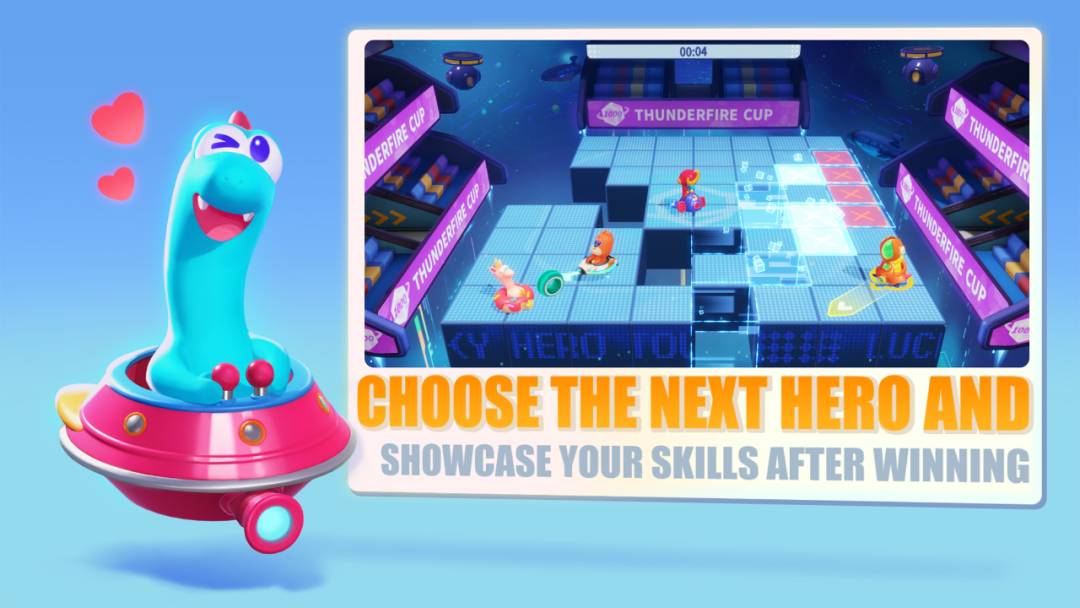
In terms of monetization, like many party games, "Who is The Lucky Hero?" incorporates in-game purchases, mainly revolving around skins, various cosmetics, and a Battle Pass. However, it introduces a unique aspect related to the "HeroBall," a controllable ball within the game that also features skins and cosmetics that players can purchase and unlock. There appear to be two types of in-game currencies: one that can be earned by completing levels (free currency) and another that must be obtained through real-money purchases (premium currency). Skins may also go on sale at random intervals. While specific currency pricing hasn't been revealed in the available information, it's possible that "Who is The Lucky Hero?" will fine-tune its monetization based on data gathered during overseas testing, especially considering the success of "Eggy Party."

Taking a comprehensive look at it, the incorporation of the "foldable paper box" element into level design is undeniably one of the standout features of this game. While similar mechanics were present in the party game pioneer "Fall Guys," they primarily revolved around collapsing platforms and didn't have as much depth or variation. In contrast, "Who is The Lucky Hero?" magnifies and creatively expands upon this element, introducing a variety of shape-shifting traps and surprises. This unique approach creates memorable and engaging gameplay experiences, attracting a broad range of players. Additionally, the game's charming Furry-style, fairy tale-inspired graphics can appeal to younger audiences, while elements like esports, skin collections, challenges, and user-generated content (UGC) levels cater to competitive and completionist players. With NetEase's experience in publishing party games, these elements further enhance its commercial prospects.
However, two key questions remain: Can "Who is The Lucky Hero?" capture the hearts of overseas players, and can these two games become NetEase's dynamic duo in the overseas party game market?
Part2: "Global Hit Party Games - Is it the Best Choice for NetEase?"
In several previous articles, the author has consistently expressed a strong interest in party games. The main reason for this is that party games have gained immense popularity, and their success is evident on multiple fronts. Perhaps the most notable and crucial aspect of their success is their longevity.
For instance, "Fall Guys," which was launched in 2020, has managed to maintain its player base despite some issues like cheaters and matchmaking problems. In May, when the new season introduced a user-generated content (UGC) feature, 230,000 players created their custom levels in just two days, demonstrating a clear resurgence of interest. "Among Us," released in 2018, has continually improved its performance. Apart from the PC version, it has expanded to consoles, mobile platforms, and even VR. The VR version, launched less than ten weeks ago, has already sold one million copies and generated nearly $10 million in revenue. As of early this year, the mobile version of "Among Us" had already exceeded 500 million downloads. Furthermore, games like "Stumble Guys" and "Goose Goose Duck" have been active in live streaming since their release, maintaining consistent revenue and rankings.
Even a simplified party game like "Pocket Champs: 3D Racing Games" has managed to accumulate 40 million downloads. Looking at the domestic Chinese market, "Eggy Party" has seen continuous growth since its launch and has become one of NetEase Games' main revenue generators.

Regardless of their performance or long-term popularity, party games have shown the potential for long-term operation, which in turn can lead to consistent and sustainable monetization opportunities. With more and more game developers entering the party game arena, competition has become fiercer, but this competition also drives the cultivation of player habits and the maturation of the market.
Another reason to be optimistic about party games is their inherent versatility. For example, NetEase's "Eggy Party" not only offers enjoyable gameplay but also provides significant social interaction value. This is particularly appealing to players, both domestically and internationally, who enjoy socializing and interacting with others. It's a product that's hard to ignore and is a direct result of the current trend of "social + gaming."
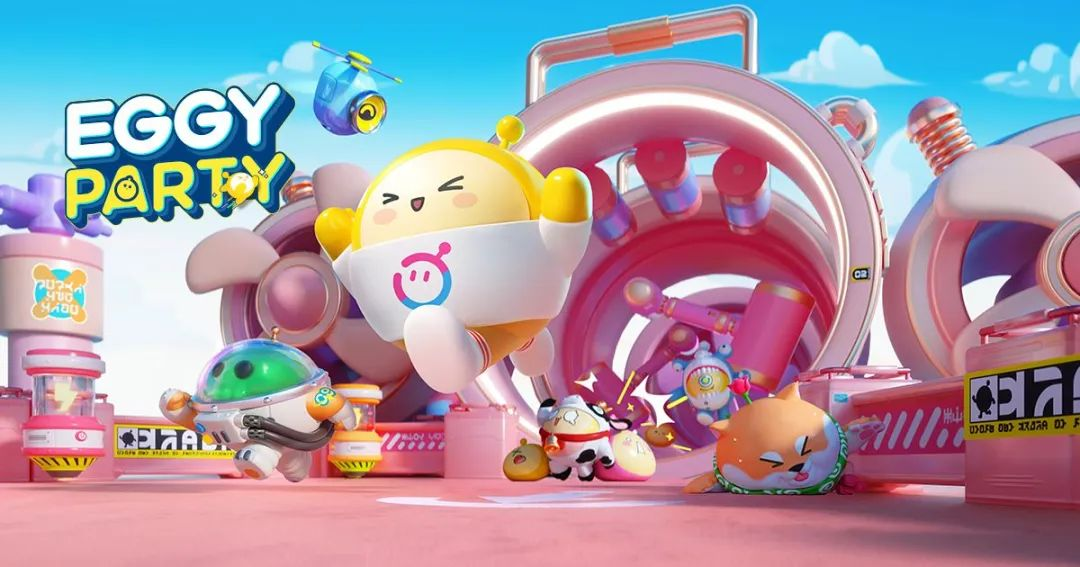
Additionally, compared to other genres of games, especially anime-style games, party games have fewer limitations. Party games feature a wide variety of characters such as animals, jellybean people, astronauts, and poultry, among others. Due to the flexibility and accessibility of gameplay, party games are naturally less constrained by specific aesthetic preferences. This allows them to reach a broader global audience and appeal to a wide range of players.
Looking specifically at NetEase's two party games in overseas markets, "Eggy Party" and "Who is The Lucky Hero?," they currently have limited direct competition. Both are focused on level-based competitive survival party games. While other leading products in the party game genre in overseas markets tend to revolve around the Werewolf theme, "Eggy Party" distinguishes itself with higher social interaction and quality. As "Eggy Party" officially launches in overseas markets, it may demonstrate even greater growth potential compared to "Stumble Guys."
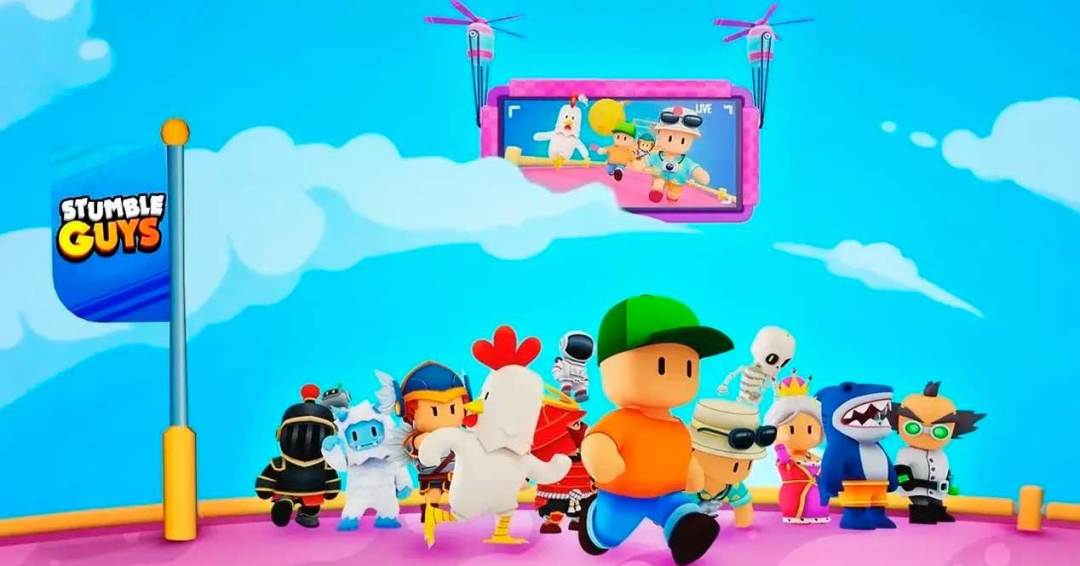
Furthermore, "Who is The Lucky Hero?" introduces a unique gameplay mechanic centered around the "folding paper box" principle in level design. To the best of my knowledge, there are currently no overseas products with a similar core gameplay mechanic, making "Who is The Lucky Hero?" a potential standout in this aspect. When it officially launches, it may pave the way for a new direction in party game design.
In addition, it's worth noting that "Who is The Lucky Hero?" appears to adopt a similar approach as "Eggy Party" by attempting to create its own distinct "cube universe." This strategy aims to make the game's characters more memorable and immersive.
In conclusion, considering these distinctive features, combined with NetEase's commitment to quality and unique level design in both "Who is The Lucky Hero?" and "Eggy Party," we have reason to believe that these two upcoming titles are well-prepared for international expansion. Both games are currently in the testing phase in regions where party games are highly popular, including Southeast Asia, Latin America, Europe, and North America. "Eggy Party" is expected to launch this year, and while the release date for "Who is The Lucky Hero?" hasn't been disclosed, its overall completion suggests it may not be too far from meeting global players.
From a different perspective, amid fierce competition in the hardcore gaming market, where new titles struggle to stand out, party games could be the ideal entry point for NetEase and other Chinese game developers to break into overseas markets.
·END·
文章作者:Sailing Global
版权申明:文章来源于Sailing Global。该文观点仅代表作者本人,扬帆出海平台仅提供信息存储空间服务,不代表扬帆出海官方立场。因本文所引起的纠纷和损失扬帆出海均不承担侵权行为的连带责任,如若转载请联系原文作者。 更多资讯关注扬帆出海官网:https://www.yfchuhai.com/

{{likeNum}}
好文章,需要你的鼓励
 已关注
已关注
 关注
关注

微信号:yfch24

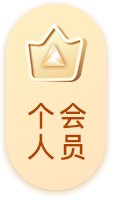

微信号:yfch24
小程序

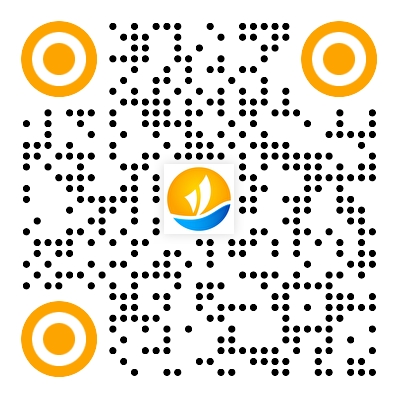
公众号

社群















